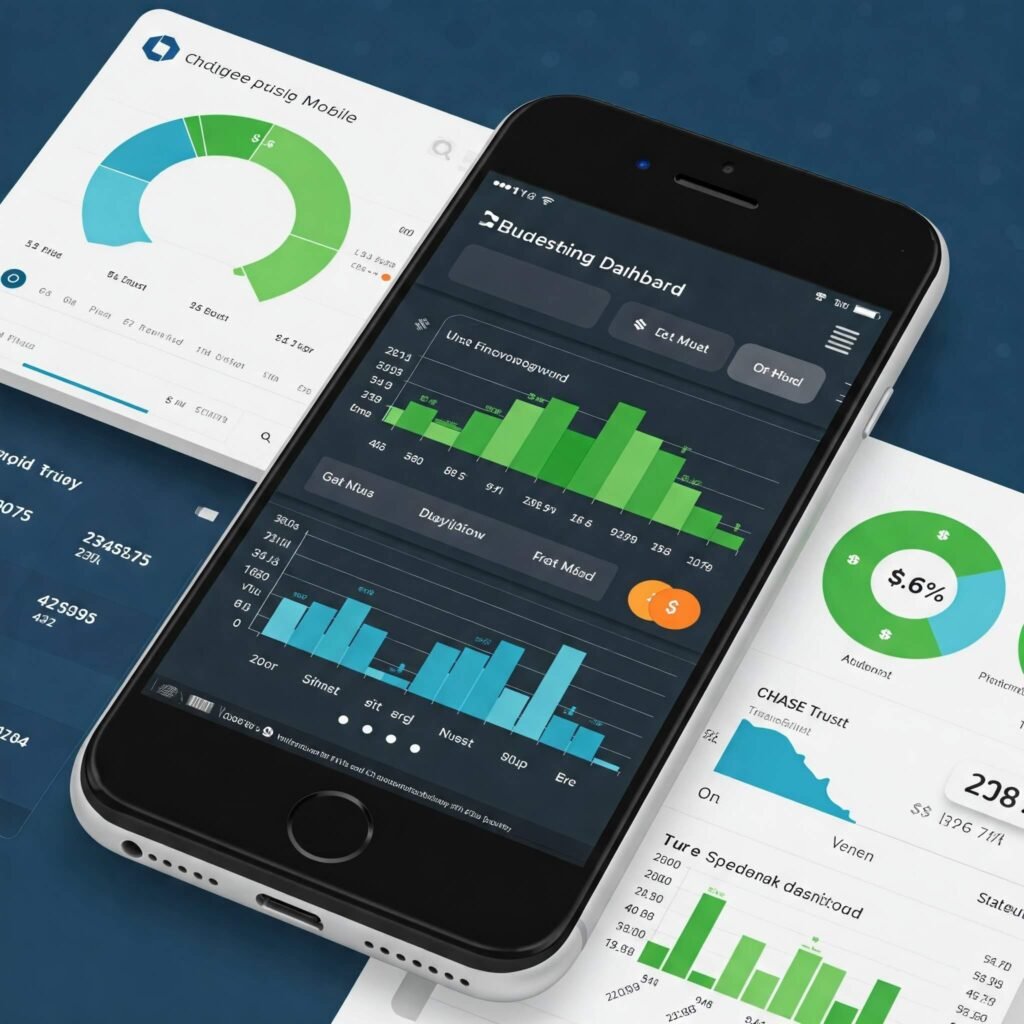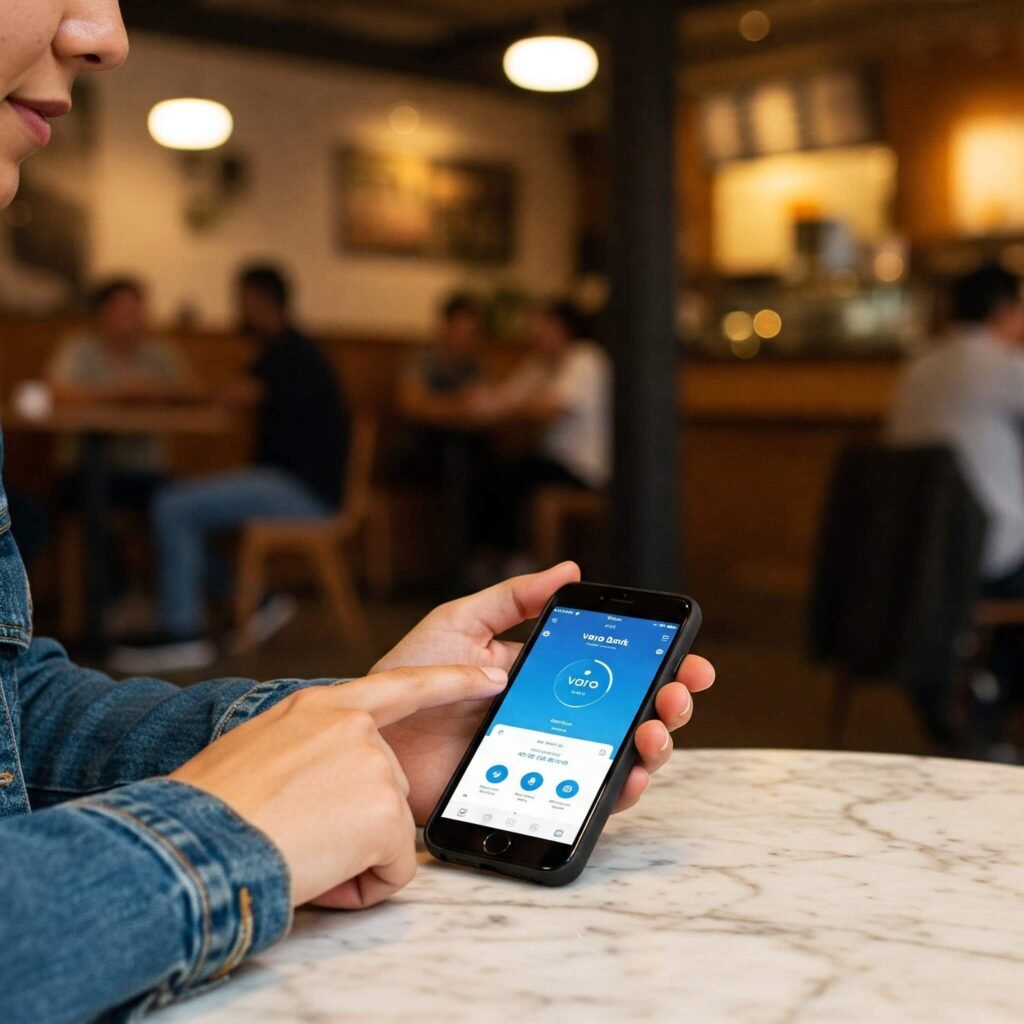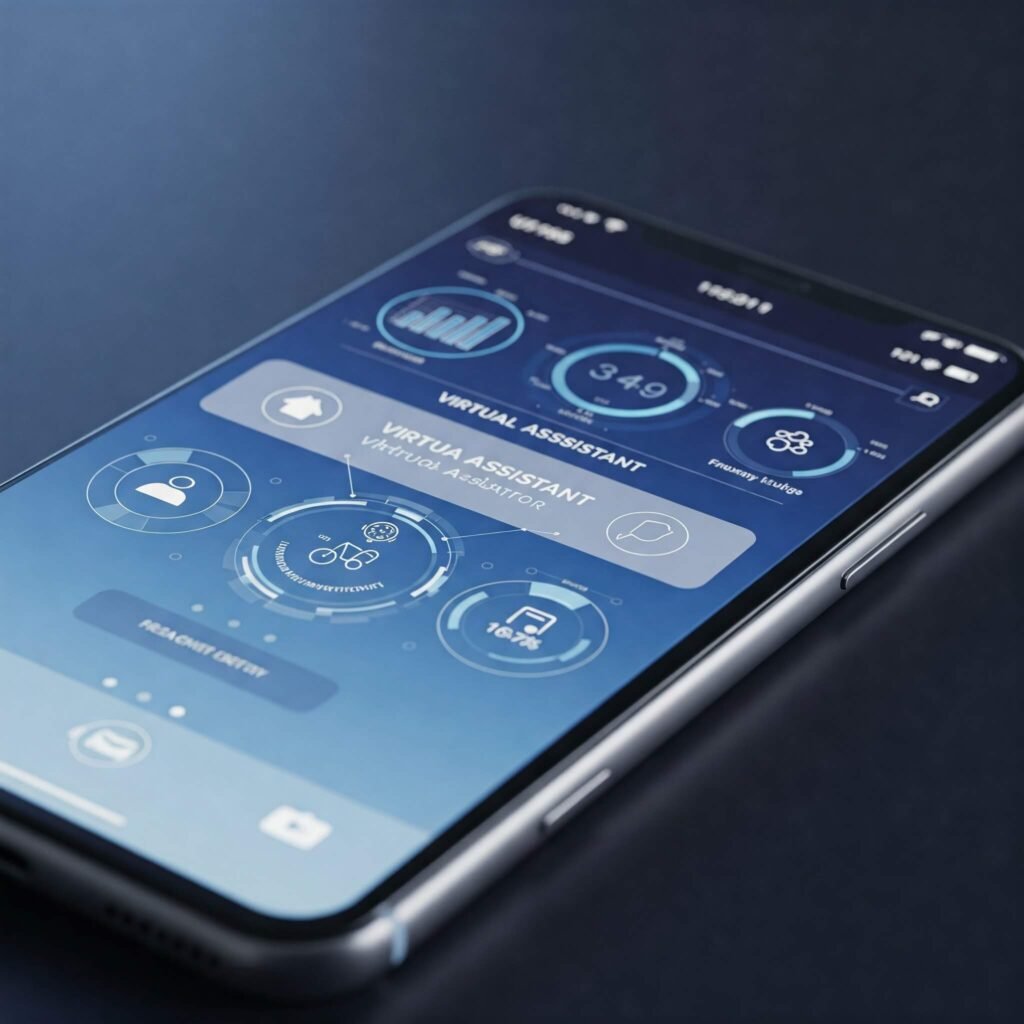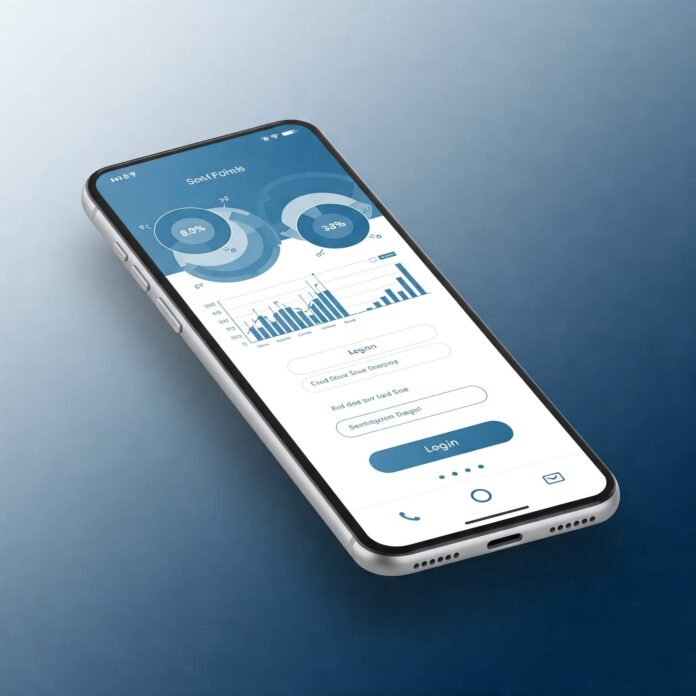Introduction: Why the Best Mobile Banking Apps Matter in 2025
In 2025, the best mobile banking apps are transforming how we manage finances, offering convenience, security, and powerful tools right at our fingertips. With over 3.6 billion mobile banking users worldwide, these apps are no longer optional—they’re essential for staying on top of your financial game. Whether you’re paying bills, tracking budgets, or investing on the go, the right app can make all the difference. This guide dives into the top mobile banking apps of 2025, their standout features, and how to choose the best one for your needs.
What Makes the Best Mobile Banking Apps Stand Out?
The best mobile banking apps in 2025 go beyond basic transactions. They combine user-friendly designs, robust security, and innovative features to meet diverse financial needs. Here’s what sets them apart:
- Intuitive Interface: Clean, easy-to-navigate designs for seamless user experience.
- Advanced Security: Biometric authentication and real-time fraud detection ensure safe banking.
- Personalized Tools: AI-driven budgeting, spending insights, and goal-based planning.
- Seamless Payments: QR codes, peer-to-peer transfers, and UPI integration for instant transactions.
- Cross-Platform Sync: Consistent experience across mobile, desktop, and wearables.
Top 5 Best Mobile Banking Apps of 2025
Here’s our curated list of the best mobile banking apps for 2025, based on features, customer ratings, and innovation.
1. Chase Mobile: Best for Comprehensive Features
Chase Mobile tops the list with its robust suite of tools, earning a 4.8-star rating on the App Store. From budgeting tools to free credit score tracking, it’s a one-stop shop for managing finances.
- Key Features: In-app budgeting, Zelle payments, credit score monitoring.
- Why It’s Great: Ideal for users seeking a blend of traditional banking and modern fintech.
- Bonus: New users can earn a $300 bonus with qualifying direct deposits by July 2025.

2. Quontic Bank: Best for Security
Quontic’s mobile app shines with biometric authentication, making it a top choice for secure banking. With a 4.7-star rating on Google Play, it’s perfect for safety-conscious users.
- Key Features: Fingerprint login, mobile check deposit, bill pay.
- Why It’s Great: Prioritizes security without sacrificing usability.
- Tip: Use Quontic’s notifications to stay alerted on account activity.
3. Varo Bank: Best for Millennials and Gen Z
Varo Bank caters to younger users with tools for financial literacy and proactive money management. Its live chat support and credit score insights make it a standout.
- Key Features: Peer-to-peer payments, credit score tracking, no-fee accounts.
- Why It’s Great: Appeals to digital natives with a focus on transparency.
- Stat: 60% of Gen Z prefer mobile apps for daily banking.

4. Ally Bank: Best for Savings Goals
Ally Bank’s app excels in helping users save smarter, with features like savings buckets and automated transfers. Despite a lower 2.3-star rating on Google Play, its 4.7-star App Store score reflects strong user trust.
- Key Features: Savings buckets, mobile check deposit, Zelle integration.
- Why It’s Great: Perfect for goal-oriented savers.
- Note: Some users report occasional app glitches, so check for updates.
5. Wells Fargo: Best for Virtual Assistance
Wells Fargo’s app offers a virtual assistant for quick answers, alongside robust features like FICO score access and card locking. It’s a solid all-rounder for managing finances.
- Key Features: Virtual assistant, mobile payments, account alerts.
- Why It’s Great: Combines traditional banking with AI-driven support.
- Pro Tip: Use the virtual assistant to streamline routine tasks.

How to Choose the Best Mobile Banking App for You
Selecting the best mobile banking app depends on your financial goals and lifestyle. Consider these factors:
- Your Needs: Prioritize budgeting tools if you’re focused on saving, or security features for peace of mind.
- User Experience: Test the app’s interface for ease of use.
- Fees and Bonuses: Look for no-fee accounts or sign-up bonuses, like Chase’s $300 offer.
- Security: Ensure biometric authentication and fraud detection are included.
- Customer Support: Apps like Varo offer live chat for quick help.
Actionable Takeaway: Download 2-3 apps, test their features for a week, and keep the one that feels most intuitive.
Tips to Maximize Your Mobile Banking App Experience
To get the most out of the best mobile banking apps in 2025, follow these tips:
- Enable Notifications: Stay on top of transactions and potential fraud.
- Use Budgeting Tools: Leverage AI-driven insights to track spending.
- Update Regularly: Keep the app updated for the latest security patches.
- Explore Integrations: Use QR codes or UPI for faster payments.
- Secure Your Device: Use strong passwords and biometric locks.
Example: Sarah, a 28-year-old freelancer, uses Varo’s budgeting tools to allocate 20% of her income to savings, helping her reach her $10,000 emergency fund goal in 2025.
The Future of Mobile Banking Apps in 2025
The best mobile banking apps are evolving with trends like AI personalization, open banking, and biometric security. By 2025, expect features like:
- AI-Powered Insights: Tailored advice for saving and investing.
- Cryptocurrency Integration: Convert crypto to fiat within apps.
- Voice Banking: Manage accounts via voice commands, as seen with DBS Bank.
Stat: Voice search is projected to drive $40 billion in sales by 2025, impacting banking apps.
Conclusion: Take Control with the Best Mobile Banking Apps
The best mobile banking apps of 2025 empower you to manage finances with ease, security, and innovation. Whether you choose Chase for its all-in-one features or Quontic for top-notch security, there’s an app to fit your needs. Start by exploring our top picks, testing their features, and leveraging their tools to stay financially savvy on the go.
CTA: Download one of these apps today and take charge of your finances in 2025! Share your favorite banking app in the comments below.
Outbound Link: 6 Trends in Mobile Banking You Need to Know in 2025




